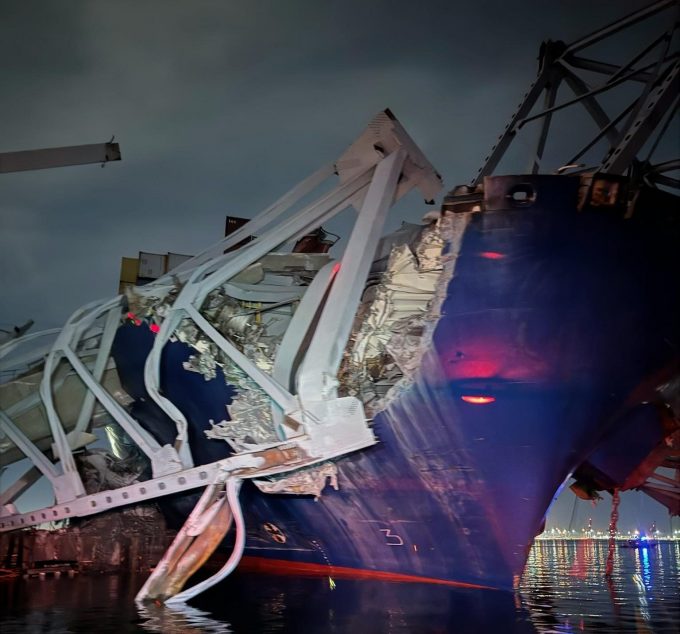Forwarders welcome MSC decision to continue 'critical' South Africa-USEC service
South Africa’s freight forwarders have welcomed a decision by MSC to continue its direct weekly ...

Maersk vessel Dali may have suffered a loss-of-propulsion (LoP) as it approached the supporting pillar of the Baltimore Francis Scott Key Bridge, taking down a large section of the continuous truss bridge last night.
Video footage shows lights at the bow and along the length of ...

Comment on this article